-
 Bitcoin
Bitcoin $118100
-0.44% -
 Ethereum
Ethereum $3585
5.43% -
 XRP
XRP $3.434
5.65% -
 Tether USDt
Tether USDt $1.000
0.02% -
 BNB
BNB $743.8
3.89% -
 Solana
Solana $178.7
3.84% -
 USDC
USDC $1.000
0.03% -
 Dogecoin
Dogecoin $0.2381
12.81% -
 TRON
TRON $0.3270
3.62% -
 Cardano
Cardano $0.8315
4.93% -
 Hyperliquid
Hyperliquid $44.51
-4.42% -
 Stellar
Stellar $0.4710
1.52% -
 Sui
Sui $3.896
-2.51% -
 Chainlink
Chainlink $18.09
6.98% -
 Hedera
Hedera $0.2681
9.31% -
 Bitcoin Cash
Bitcoin Cash $516.7
4.83% -
 Avalanche
Avalanche $23.95
6.96% -
 Shiba Inu
Shiba Inu $0.00001490
5.67% -
 UNUS SED LEO
UNUS SED LEO $8.966
0.80% -
 Toncoin
Toncoin $3.294
4.39% -
 Litecoin
Litecoin $105.4
4.69% -
 Polkadot
Polkadot $4.356
5.30% -
 Uniswap
Uniswap $10.29
17.25% -
 Monero
Monero $327.9
-3.04% -
 Bitget Token
Bitget Token $4.942
4.33% -
 Ethena USDe
Ethena USDe $1.001
0.08% -
 Pepe
Pepe $0.00001348
2.17% -
 Dai
Dai $1.000
0.02% -
 Aave
Aave $320.8
0.58% -
 Bittensor
Bittensor $411.8
-4.07%
How to bridge assets between different blockchains?
Cross-chain bridges enable secure asset transfers between blockchains, offering users flexibility in a multi-chain ecosystem.
Jul 19, 2025 at 04:07 am
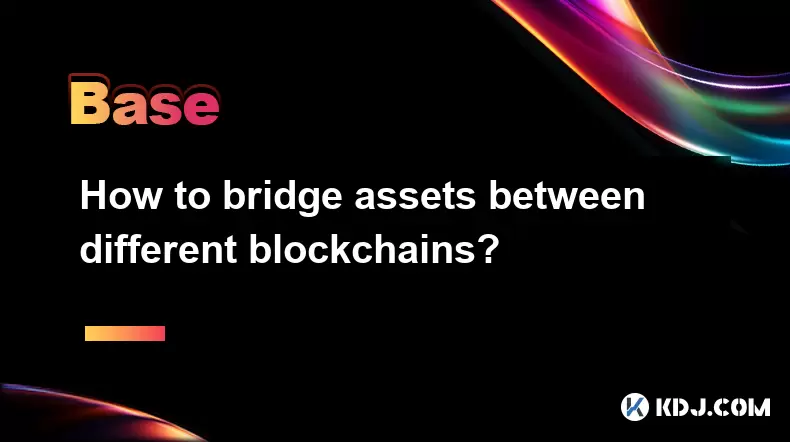
Understanding Cross-Chain Bridging
Bridging assets between different blockchains refers to the process of transferring digital assets—such as tokens or NFTs—from one blockchain network to another. This is essential in a multi-chain ecosystem where users want to utilize the benefits of different networks, such as lower fees on one chain or faster transactions on another. The core idea is to maintain the value of the asset while enabling its use on a separate chain.
Cross-chain bridges are protocols or platforms that facilitate this transfer. They work by locking the original asset on the source chain and minting a representation of it on the destination chain. This mechanism ensures that the total supply remains constant across networks.
Types of Blockchain Bridges
There are primarily two types of cross-chain bridges: trusted bridges and trustless bridges.
- Trusted bridges rely on a central authority or validator set to confirm transactions. Users must trust the intermediary to act honestly and securely.
- Trustless bridges, on the other hand, use smart contracts and cryptographic proofs to validate transactions without relying on a central party. These are generally considered more secure but can be more complex to implement.
Each type has its pros and cons. Trusted bridges often offer faster transfers and broader compatibility, while trustless bridges prioritize decentralization and security.
Selecting the Right Bridge for Your Assets
Before initiating a cross-chain transfer, it's crucial to choose the correct bridge that supports both the source and target blockchains. Popular options include Polygon Bridge, Arbitrum Bridge, Optimism Gateway, and Wormhole.
Here’s how to select a suitable bridge:
- Check if the bridge supports the specific token you want to transfer.
- Verify the security reputation of the bridge through audits and community feedback.
- Assess the fees involved, including gas costs and bridge service charges.
- Confirm the estimated transfer time, as some bridges may take minutes while others can take hours.
It’s also important to double-check the network addresses to avoid sending assets to the wrong chain, which could result in permanent loss.
Step-by-Step Guide to Bridging Assets
To bridge assets successfully, follow this detailed procedure:
- Connect your wallet (e.g., MetaMask) to the bridge platform.
- Select the source chain and the destination chain from the available options.
- Specify the token you want to transfer and enter the amount.
- Approve the transaction in your wallet and pay the gas fee on the source chain.
- Wait for the bridge to confirm the deposit and mint the equivalent token on the target chain.
- Once the process is complete, switch your wallet network to the destination chain.
- Claim the bridged asset by confirming the receipt in your wallet.
During this process, ensure your wallet has enough native tokens (e.g., ETH for Ethereum-based networks) to cover gas fees. Failure to do so may result in failed transactions.
Common Issues and How to Troubleshoot
Despite careful execution, users may encounter issues during the bridging process:
- Transaction stuck: Check the bridge explorer for transaction status. If it’s pending for too long, consider contacting support or checking community forums for known issues.
- Asset not received: Ensure you’ve switched to the correct network and added the token manually if necessary. Some bridges require users to manually add the bridged token address.
- Incorrect chain selected: If you accidentally send assets to the wrong chain, recovery may be possible through customer support or using a multi-chain explorer.
- High fees: Compare fees across different bridges and times. Sometimes, gas prices fluctuate, and waiting for a low-traffic period can reduce costs.
Always keep your transaction hashes and bridge receipts handy. These will be essential if you need to escalate issues or seek recovery assistance.
Frequently Asked Questions
Q: Can I bridge any token between blockchains?
Not all tokens are supported across bridges. Some bridges only support native tokens (e.g., ETH, MATIC), while others support ERC-20 or BEP-20 tokens. Always verify compatibility before initiating a transfer.
Q: Is it safe to use a blockchain bridge?
Safety depends on the type of bridge. Trustless bridges are generally safer due to their decentralized nature, but they can be more complex. Trusted bridges carry counterparty risk. Always research the bridge's security history before use.
Q: How long does a cross-chain transfer take?
Transfer times vary depending on the bridge and network congestion. Some transfers can be completed in under 10 minutes, while others might take several hours.
Q: What happens if a bridge gets hacked?
If a bridge is compromised, users' funds may be at risk. This is why it's crucial to use bridges with a strong security track record, including regular audits and transparent operations. Always assess the risks before transferring large amounts.
Disclaimer:info@kdj.com
The information provided is not trading advice. kdj.com does not assume any responsibility for any investments made based on the information provided in this article. Cryptocurrencies are highly volatile and it is highly recommended that you invest with caution after thorough research!
If you believe that the content used on this website infringes your copyright, please contact us immediately (info@kdj.com) and we will delete it promptly.
- Freedom Gold Pack: The Legacy Coin Defining 2025
- 2025-07-19 06:30:13
- Trump, the GENIUS Act, and Stablecoin Regulations: A New Era for Crypto?
- 2025-07-19 06:50:12
- Pi Network's Ecosystem Challenge: App Studio Sparks Innovation
- 2025-07-19 06:55:13
- Zebec Network's Bullish Engulfing Pattern: Price Forms and Future Outlook
- 2025-07-19 06:30:13
- XRP, Ripple, Bitcoin, Ethereum: Decoding the Crypto Landscape
- 2025-07-19 05:50:13
- Penny Altcoins Eyeing $1 in Q3 2025: Cardano, BlockchainFX, and the Hunt for Crypto Gold
- 2025-07-19 05:10:13
Related knowledge
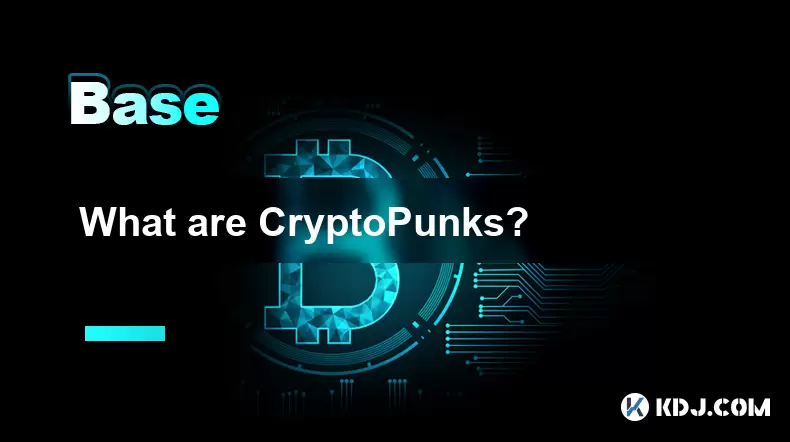
What are CryptoPunks?
Jul 19,2025 at 08:28am
Understanding the Basics of Bitcoin MiningBitcoin mining is the process through which new Bitcoin is introduced into circulation and transactions are ...
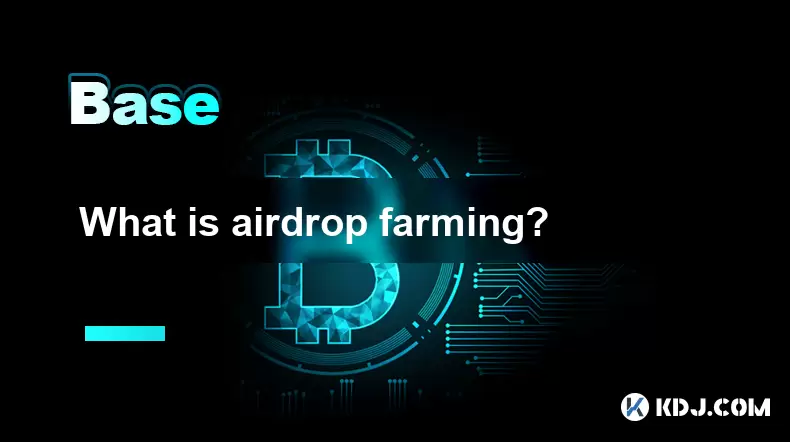
What is airdrop farming?
Jul 19,2025 at 03:56am
What Is Airdrop Farming?Airdrop farming is a term that refers to the process of accumulating tokens or coins through participating in airdrops and yie...
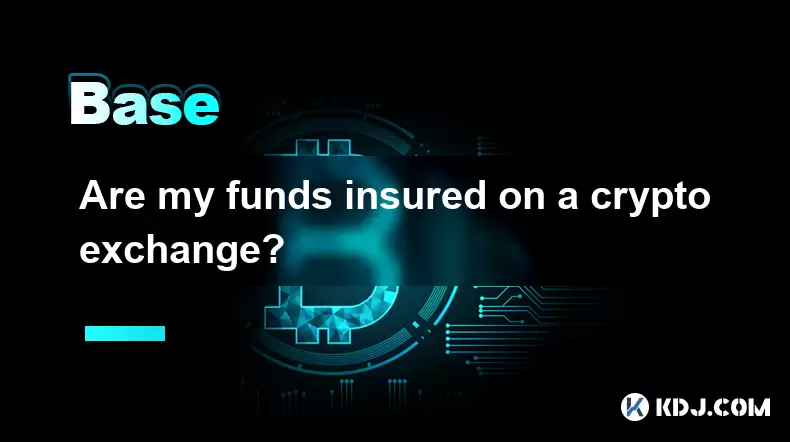
Are my funds insured on a crypto exchange?
Jul 19,2025 at 08:21am
Understanding the Concept of Fund Insurance on Crypto ExchangesWhen users store their digital assets on a cryptocurrency exchange, they often wonder w...
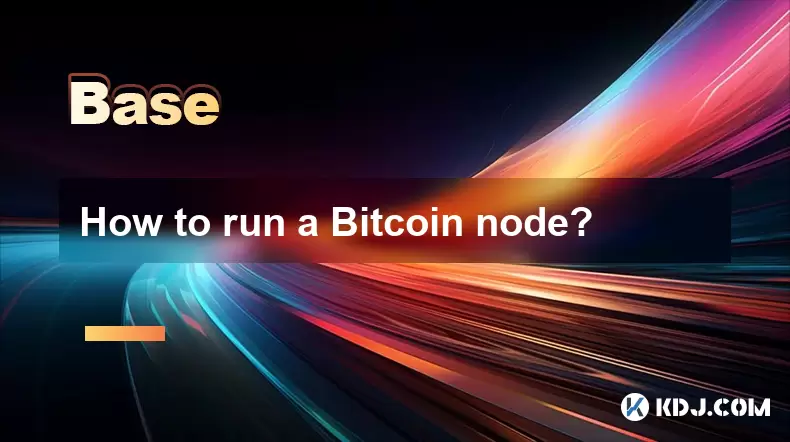
How to run a Bitcoin node?
Jul 19,2025 at 06:43am
What is a Bitcoin Node?A Bitcoin node is a software program that connects to the Bitcoin network and helps validate and relay transactions and blocks....

How to bridge assets between different blockchains?
Jul 19,2025 at 04:07am
Understanding Cross-Chain BridgingBridging assets between different blockchains refers to the process of transferring digital assets—such as tokens or...
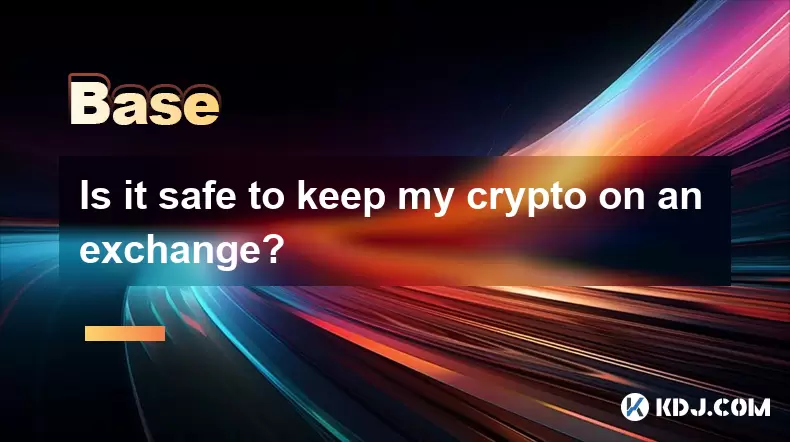
Is it safe to keep my crypto on an exchange?
Jul 19,2025 at 08:07am
Understanding the Risks of Storing Crypto on ExchangesWhen users decide to store their cryptocurrency on an exchange, they are essentially entrusting ...

What are CryptoPunks?
Jul 19,2025 at 08:28am
Understanding the Basics of Bitcoin MiningBitcoin mining is the process through which new Bitcoin is introduced into circulation and transactions are ...

What is airdrop farming?
Jul 19,2025 at 03:56am
What Is Airdrop Farming?Airdrop farming is a term that refers to the process of accumulating tokens or coins through participating in airdrops and yie...

Are my funds insured on a crypto exchange?
Jul 19,2025 at 08:21am
Understanding the Concept of Fund Insurance on Crypto ExchangesWhen users store their digital assets on a cryptocurrency exchange, they often wonder w...

How to run a Bitcoin node?
Jul 19,2025 at 06:43am
What is a Bitcoin Node?A Bitcoin node is a software program that connects to the Bitcoin network and helps validate and relay transactions and blocks....

How to bridge assets between different blockchains?
Jul 19,2025 at 04:07am
Understanding Cross-Chain BridgingBridging assets between different blockchains refers to the process of transferring digital assets—such as tokens or...

Is it safe to keep my crypto on an exchange?
Jul 19,2025 at 08:07am
Understanding the Risks of Storing Crypto on ExchangesWhen users decide to store their cryptocurrency on an exchange, they are essentially entrusting ...
See all articles

























































































